blog
Interview with photographer Federico Aimar
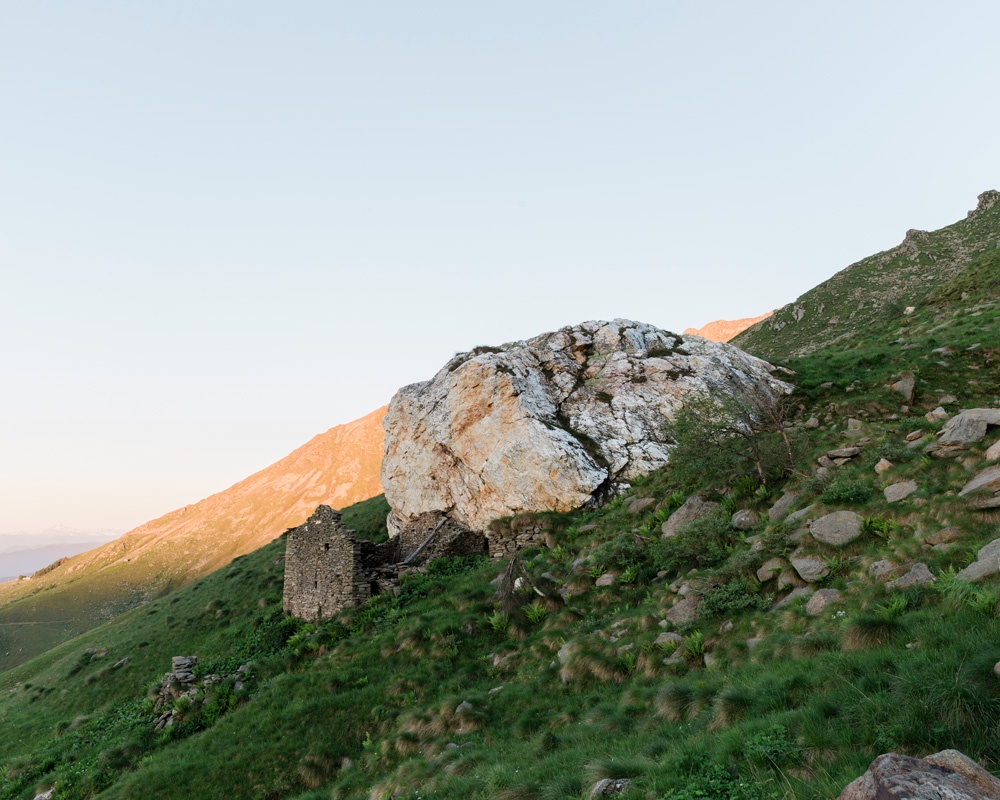
© Federico Aimar
Photography is an escape to another world that is in this world
Federico Aimar is the featured photographer in the April/May 2020 issue. He is primarily a landscape photographer based in Italy. At the time this issue publishes, the people of the world are engaged in a fight against the global pandemic of COVID-19. At the time this interview is being written, over 600,000 confirmed cases and over 30,000 deaths have occurred thus far. The courses of lives are forever being changed and normalcy is redefined each day.
During one of his landscape explorations, Aimar discovered a cache of historical negatives. The negatives date back to the early 1900s; a time when the world was also in the grips of the global pandemic of the Spanish Flu. For me, this unexpected connection made the work even more pertinent. Like some string theory relationship, images of places and people that overlap in time and context become remarkable in their connectedness.
The placid, contemplative nature of Aimar’s work is in stark contrast to the chaotic mess of news that is streaming 24 hours a day. I was drawn to that sense of contemplation and reflection, as it mirrors what many people around the world are experiencing each day as they try to isolate themselves from the virus, and the turmoil. We see majestic mountainscapes, rolling hills, structures, and some of the residents who still call those mountains their home. There is a palpable sense of connection to the places Aimar has captured, and the people who he encountered. Fortunately, we had a chance to exchange questions and ideas about his work this month.
Cary Benbow (CB): There are so many ways to express oneself in a 21st-century world — What makes photography your choice of expression?
Federico Aimar (FA): I was very introverted during high school, and photography helped me express feelings I could not convey in words. The act of research also helped get me out of my shell, and fundamentally helped others to understand me. It may seem like nothing important, but choosing to follow a more artistic study and moving away from canonical classical studies gave me a breath of fresh air. I believe to live a good life, it is essential that everyone finds their own “voice”.
My first experience with photography was finding old darkroom prints made by my dad when he was a student. I was excited by the dichotomy between the person he is today, and what became known about him through his old images. I think this also pushed me to explore photography; this path that seems so real but always leaves you with a halo of doubt.
CB: Let’s talk about the ideas behind your portfolio images featured in this issue.
FA: The idea behind the project dates back to my last year of my photography studies. After a long time away from home I felt the need to rediscover my landscape. I became convinced that through the landscape you can better understand the people who lived it. Their signs left behind are emblematic.
So from 2012 until 2018; I started creating a large and very fluid body of images. The work widely ranges from my current idea of photography, and very different from work now in progress. But as I say: we change every day, and our photography changes with us.
CB: Since you live and work in Italy, has the COVID-19 pandemic changed the way you view these images, or has it changed the way you think about photography and creating work in the future?
FA: This sad and new situation has driven me to a lot of reasoning. It hasn’t changed the way I see these specific photographs, but a new thought was born in me: we often run all day, every day for work and commitments. Enough time passes to prevent our needs as individuals. And now, here we are: closed in our homes and our individual needs are affected in the same ways, and in different ways.
I began to think a lot about the value of time, about our individuality, even about escape (in a metaphorical sense) and I would like to work closely on those themes. It will be a very different approach than the work on the mountains; allowing me a freedom of operation and spirit that will be a necessity for everyone when this sad story is over.
CB: How did your work photographing the mountain landscapes turn into a book/project idea?
FA: The idea of creating a book with my landscape work and some accompanying text already existed. While I was wandering in the mountains I found an old uninhabited house like the ones I was photographing. I found glass negatives inside dating back to the early 1900s. It was almost as if destiny was bringing together the modern and the ancient. My initial idea was to produce a photo that would capture what I saw, and text to talk about the way I saw it. But the discovery of the old negatives inspired me to find a solution to present both my work and the photos from this archaic and unknown photographer. I created dialogue between the sets of photos, but across two volumes. One volume is mine, and the other features the photographs of the unknown photographer.
I started scanning around a thousand negatives that gave rise to all the stories from that distant time. Thus a dialogue was born. Some of our photographs were exactly reflected: close in space, yet far away in time. This is how the first draft entitled “Between Dust and Sun” was born. You can retrace the landscapes in the first volume through the life of a child who appears in many photos, and you can follow his growth over time. I created some fiction around it; a little novel to create a narrative that evokes some feelings. In the old photos the landscape serves more as a background, but that’s very importance because it is the link with my photographs, where there are many fewer people but the space remains nearly unchanged.
CB: Do you have samples of the text that will publish with your photographs?
FA: Here is a sample:
“You have to look back to understand how, how much, and until you’ve loved.”
“Tra la polvere e il sole/Non bisogna avere paura” is an exploration of the mountain over time. in which I felt it necessary to explores the consequences of the area’s depopulation and the lives of those who still remain there.
Beginning with the houses that collapse as metaphors of memories that slowly fade over time, I photographed the ruins scattered in the mountain landscape; small bastions that still resist, as if the effort spent building them was glue against inexorable time. I collected small objects hidden in the ruins during this journey; modern archaeological finds that tell of the past life on the peaks.
“A sense of romantic nostalgia, of freedom, listening to the precious silence and the whispering voices of those times, when we were different men, accompanied me throughout this journey. And they will stay with me forever.”
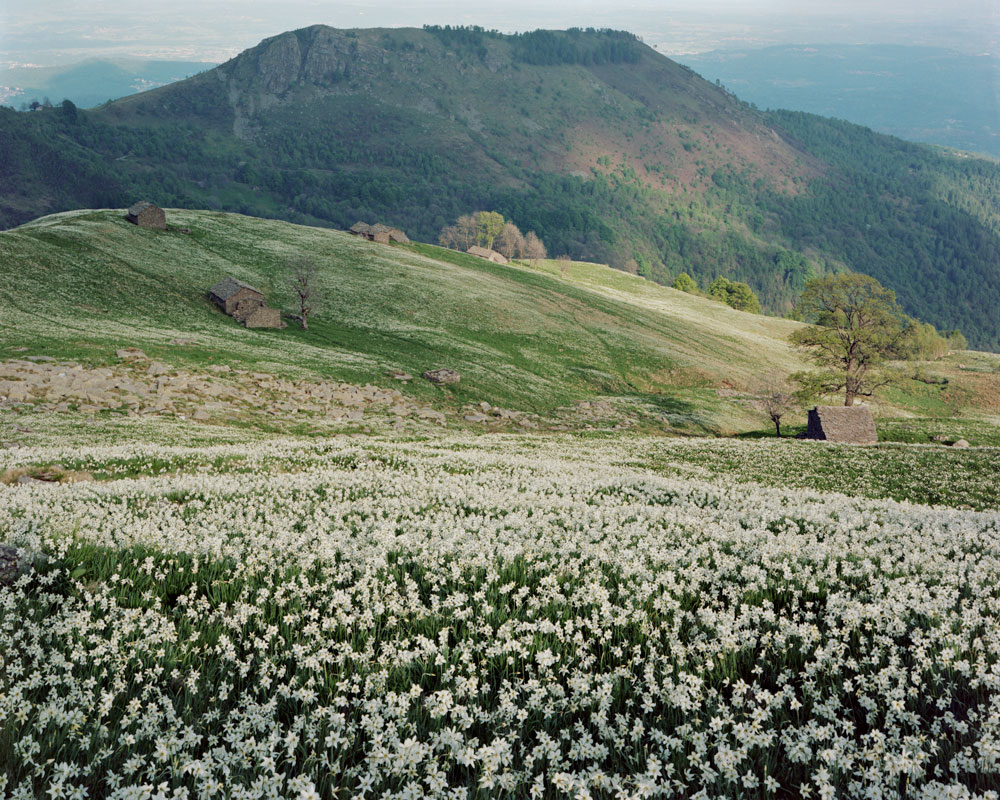
© Federico Aimar
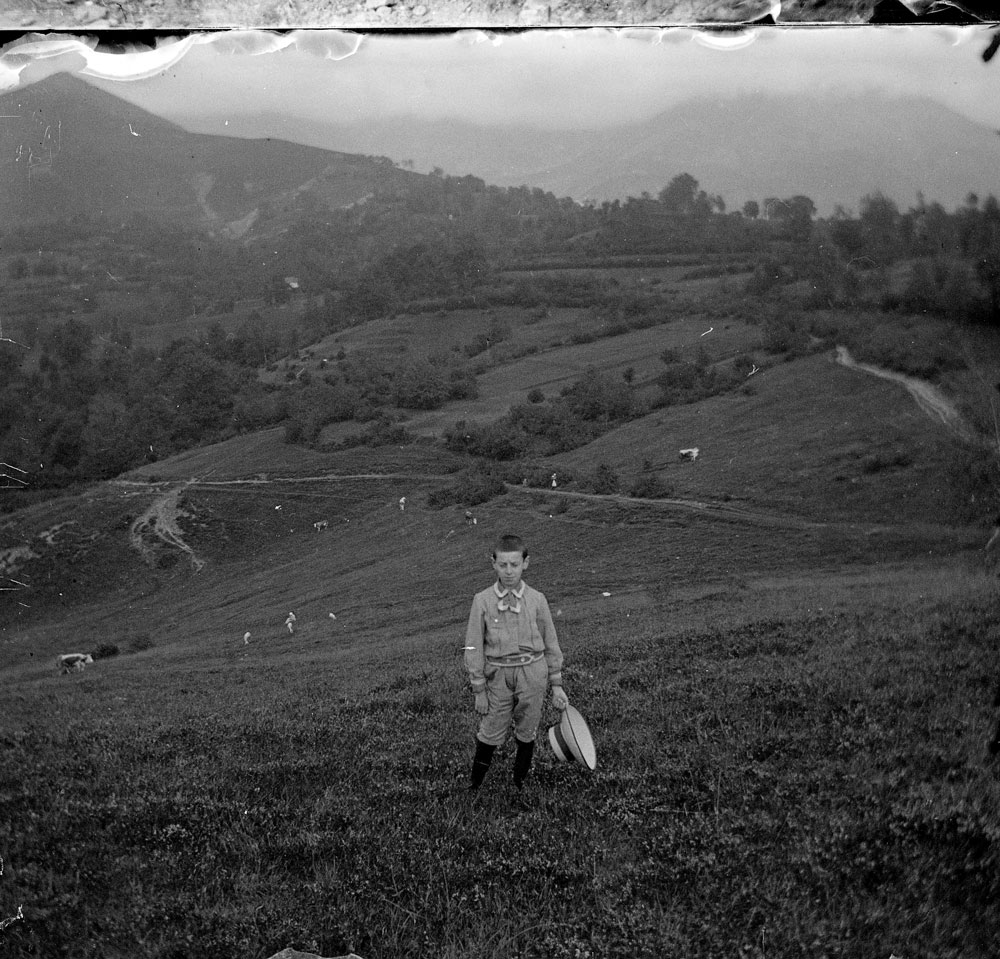
© Federico Aimar
CB: Do you often photograph alone, or do you find guides for the areas?
FA: Usually when I photograph, I’m alone because I feel the need to have no distractions around. It’s an almost intimate moment, where time dilates. The mere thought of knowing there is someone waiting on me while I’m shooting would make me nervous.
But a meeting up with a person while shooting in the past fundamentally formed my emotional base to face certain situations. During a heavy storm an old man hosted me in his humble home and said, “You know, don’t be afraid…if you’re afraid, then you don’t dare”. It became the main reason for all my following work, I tried to drive away the fear of both venturing alone and the possibility of failure. If that man hadn’t been there, I don’t know if I would have continued when failures happened, and also facing the early criticisms of those photographs.
CB: Who are the people that appear in your photographs? Are they more significant in your work than just being a figure in the landscape?
FA: They are absolutely more than just figures. Besides being guardians of that world, they are also the ones who helped me to find information, know paths, or hosted me when I was caught by very frightening storms in the mountains.
The most beautiful thing is to discover a very sweet soul under this tough outer appearance. Being able to photograph them was not easy, but it was also a way for me to grow by facing a stranger in his intimate surroundings. At this point in my life, I am still learning, and they helped me.
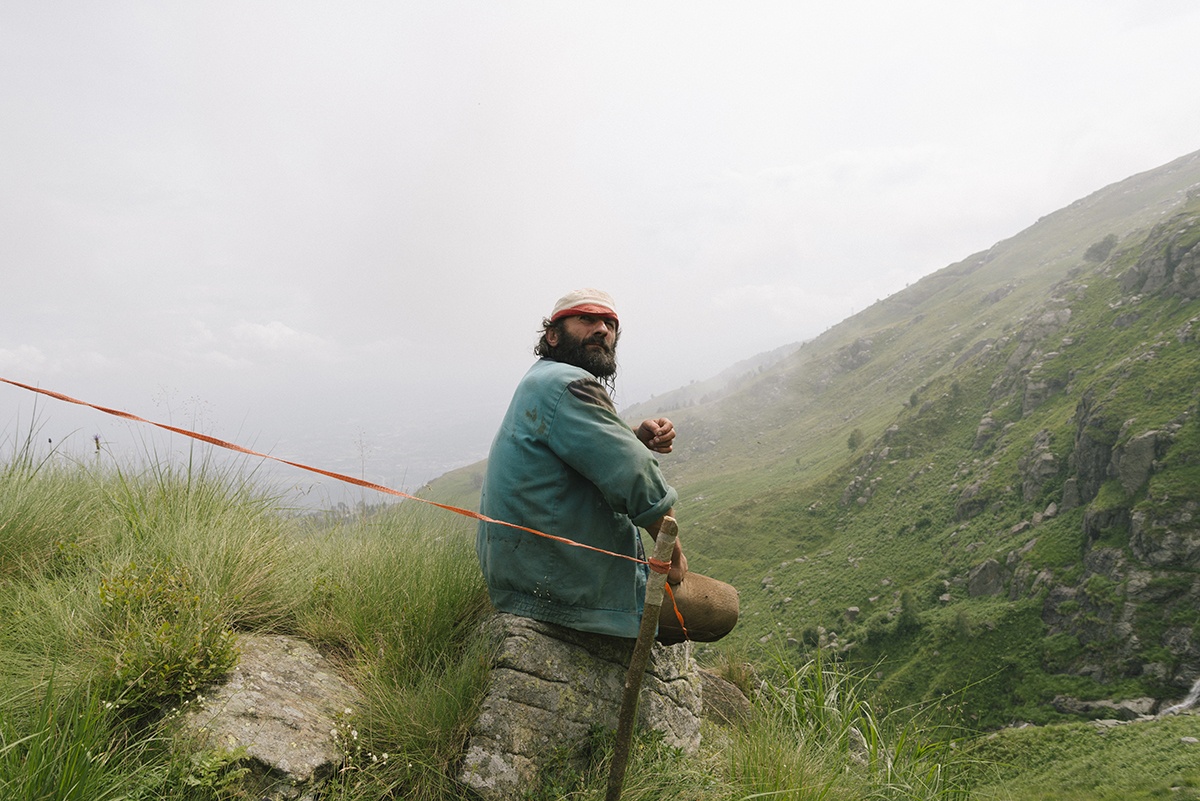
© Federico Aimar
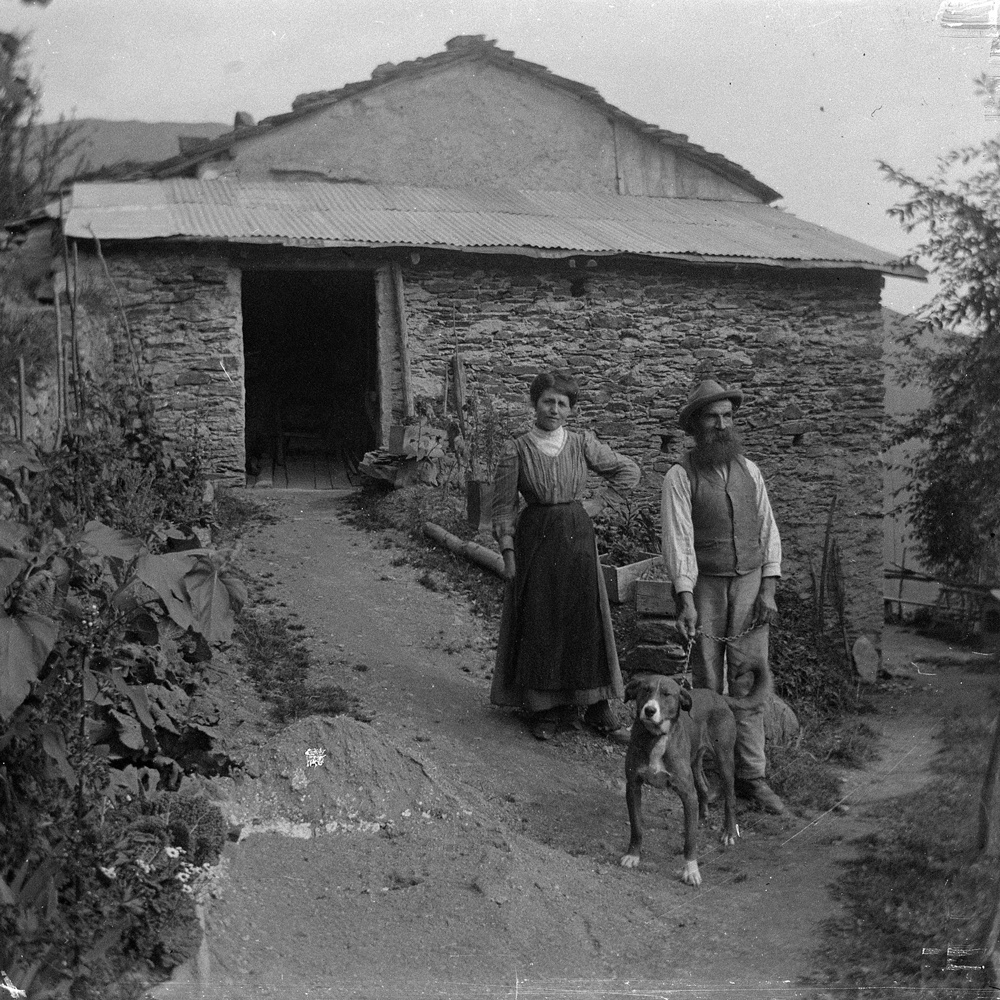
© Federico Aimar
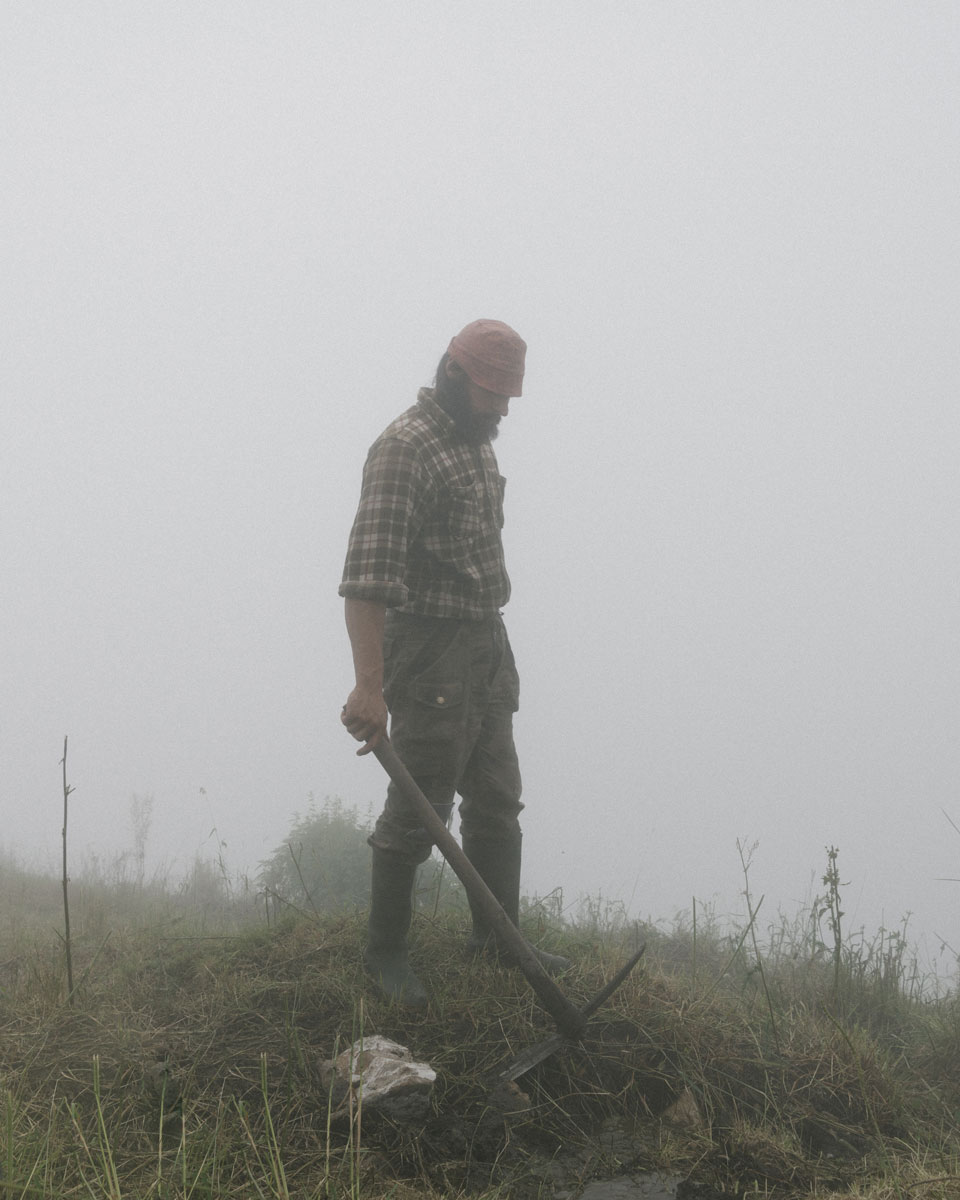
© Federico Aimar
CB: You’ve listed some photo influences of yours to include Luigi Ghirri, Guido Guidi and Alec Soth. Do these photographers have qualities that you admire? What are those qualities?
FA: At the end of my studies, which is practically the very beginning of this work, Luigi Ghirri, Guido Guidi and Alec Soth were the great masters to whom I aspired. Their influence was very strong. Today I feel I can say too strong but I am happy to have followed that path.
I admire the sweetness with which Luigi Ghirri looked at things. And I find spectacular the daring shots that Guido Guidi gives with his photographs, while using an 8×10 camera. I admire Alec Soth’s great perseverance and reflexivity in dealing with things, qualities that I feel very much evident from his Sleeping by the Mississippi.
CB: You speak about landscapes and you mention on your website that “the most spectacular element is the placidity of light”. This strongly reminds me of the philosophy of Luigi Ghirri. Time, light, the art of seeing something… Does this inform your creative process?
FA: When I go out with friends, go on holiday or move around for work, it’s often the case that I’m taking pictures of something and who’s with me asks “What are you photographing?” or “Why are you photographing it?”. I photograph those things that are part of our life even if we don’t realize it, because we take them for granted.
The biggest mistake we can make is taking something for granted. It’s certainly a Ghirri approach and yet I don’t define myself as influenced in the true sense of the word: I’m really excited at the sight of certain “banalities” especially when they create a wonderful union with light. I’m particularly expanding on this photographic approach recently.
CB: If you keep a journal, do you keep notes or write about the places and people you see? If so, would you share a meaningful entry?
FA: I keep a lot of notes but I’m a messy person; I have two diaries and at the same time I use phone applications to write down my thoughts. I don’t filter much, I really write down everything!
To share a thought now, I would talk about the idea of closeness with a very simple phrase I wrote in 2015: “It’s nice, during a rainy day, to be two (people) and have only one umbrella”.
For now, we have to stand at a distance for everyone’s safety, but the best thing of all is to be close to the people and places we love.
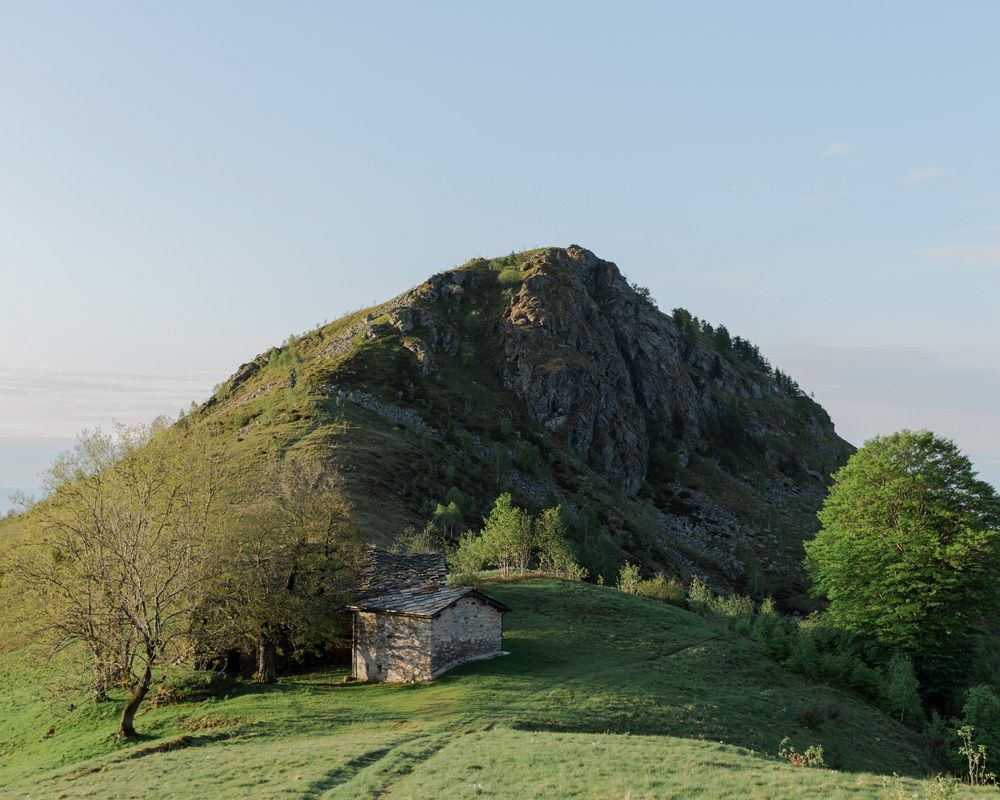
© Federico Aimar
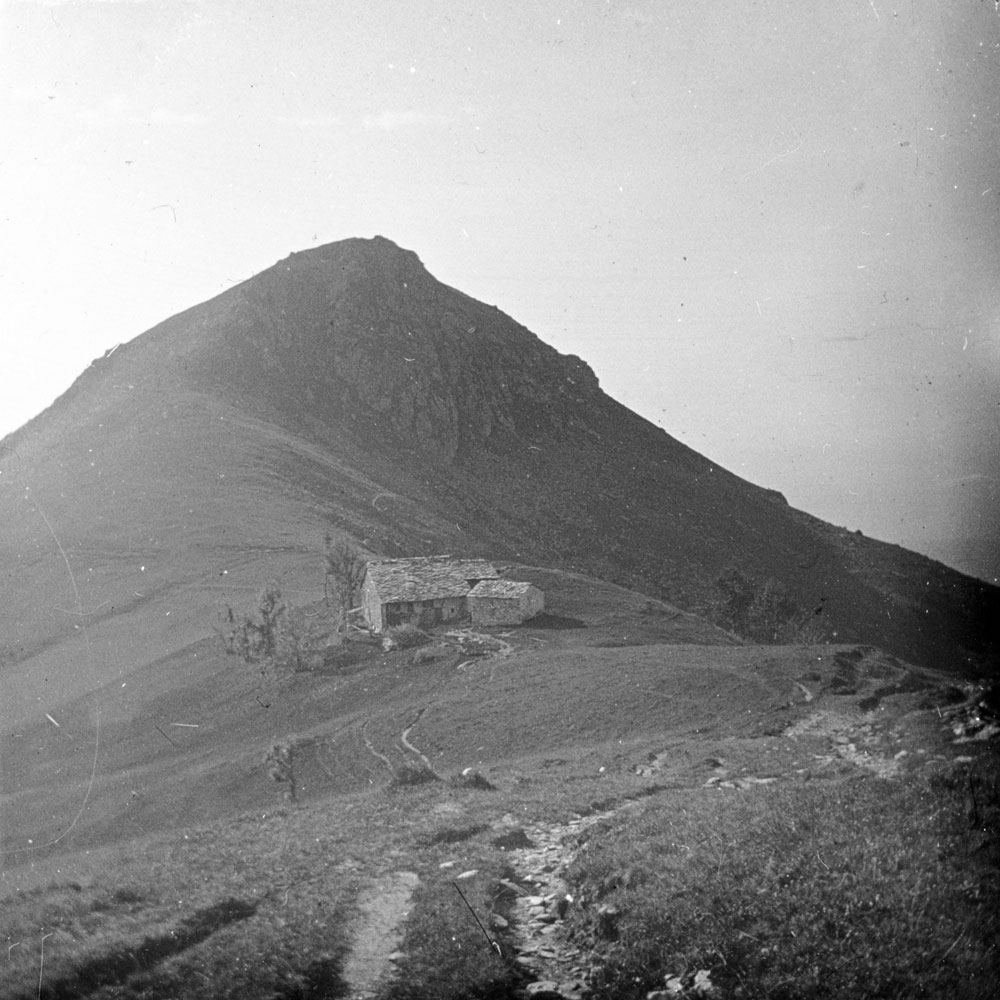
© Federico Aimar
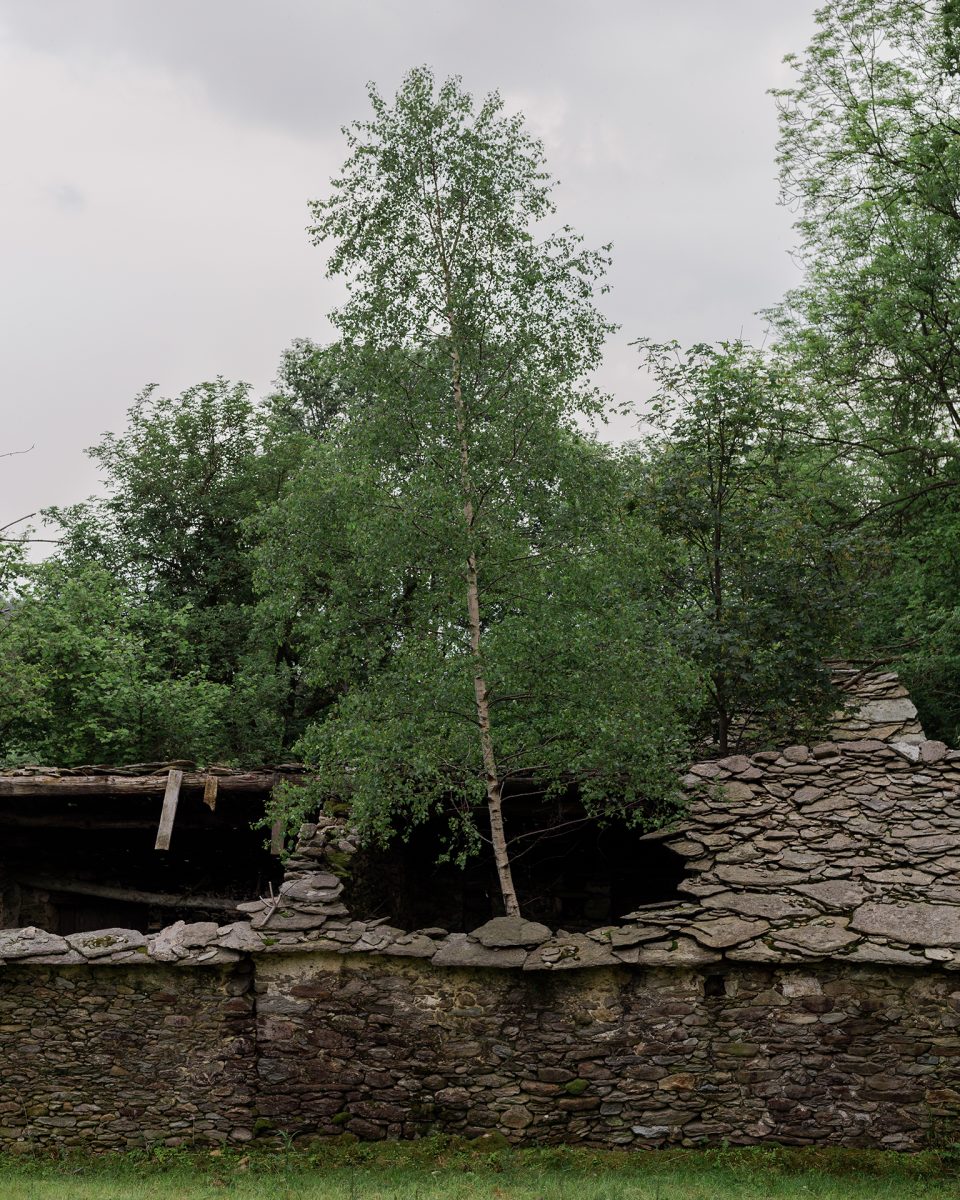
Result of men and nature, © Federico Aimar
Location: Online Type: Featured Photographer, Interview
One response to “Interview with photographer Federico Aimar”
Leave a Reply
Events by Location
Post Categories
Tags
- Abstract
- Alternative process
- Architecture
- Artist Talk
- artistic residency
- Biennial
- Black and White
- Book Fair
- Car culture
- Charity
- Childhood
- Children
- Cities
- Collaboration
- Community
- Cyanotype
- Documentary
- Environment
- Event
- Exhibition
- Faith
- Family
- Fashion
- Festival
- Film Review
- Food
- Friendship
- FStop20th
- Gender
- Gun Culture
- Habitat
- Hom
- home
- journal
- Landscapes
- Lecture
- Love
- Masculinity
- Mental Health
- Migration
- Museums
- Music
- Nature
- Night
- nuclear
- p
- photographic residency
- Photomontage
- Plants
- Podcast
- Portraits
- Prairies
- Religion
- River
- Still Life
- Street Photography
- Tourism
- UFO
- Water
- Zine

interesting interview, nice photos